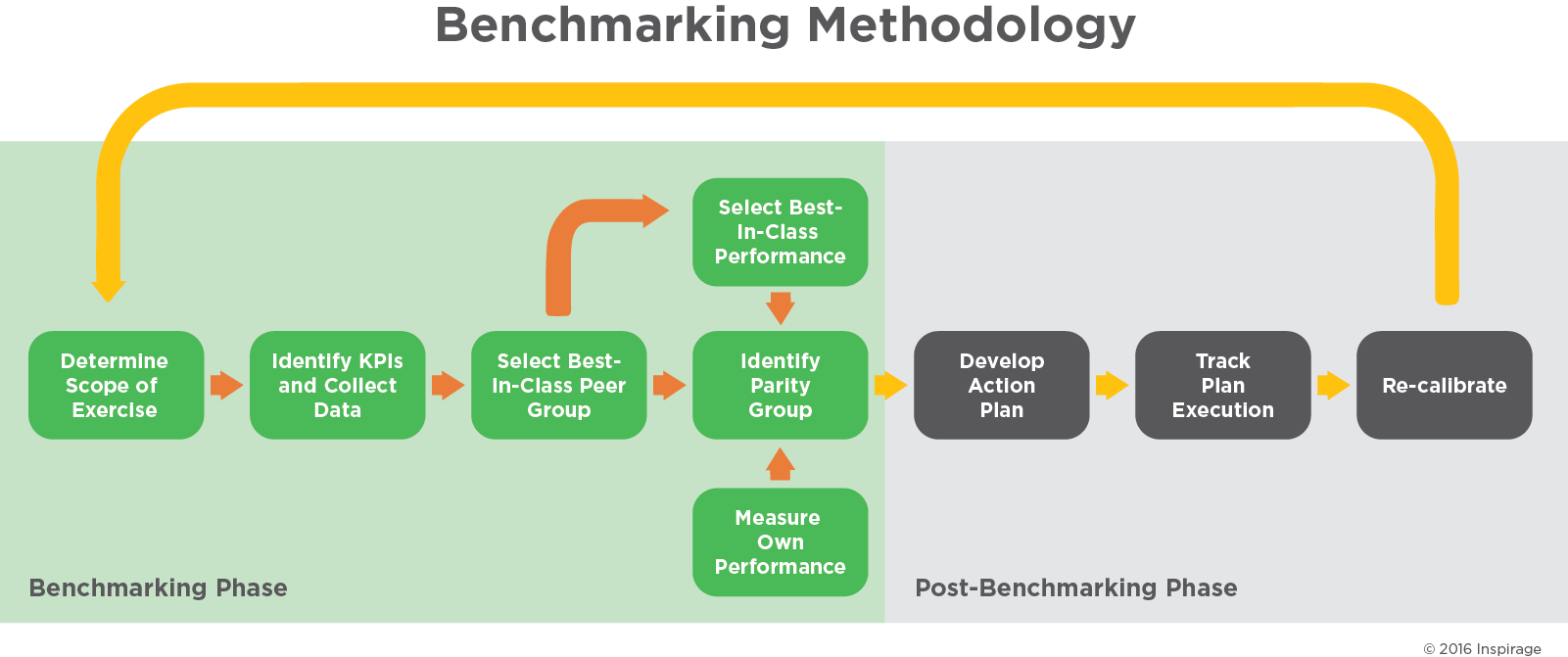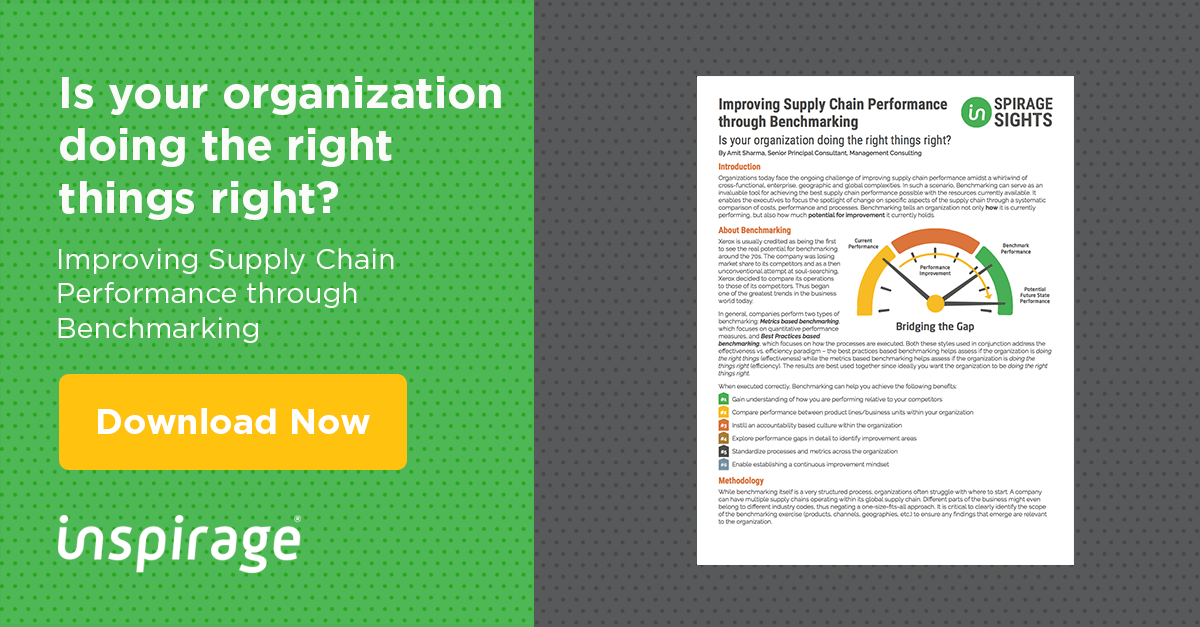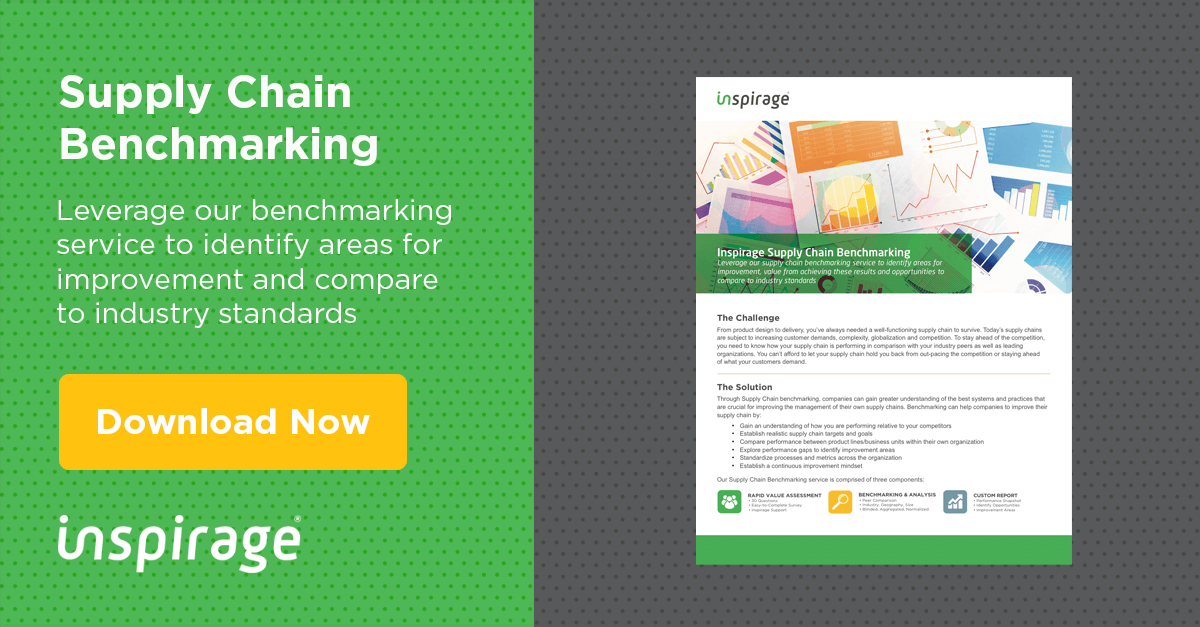Insights Benchmarking
 Through Insights benchmarking, companies can gain greater understanding of the best systems and practices that are crucial for improving the management of their own supply chains.
Through Insights benchmarking, companies can gain greater understanding of the best systems and practices that are crucial for improving the management of their own supply chains.
Organizations today face the ongoing challenge of improving supply chain performance amidst a whirlwind of cross-functional, enterprise, geographic and global complexities. In such a scenario, Benchmarking can serve as an invaluable tool for achieving the best supply chain performance possible with the resources currently available. It enables the executives to focus the spotlight of change on specific aspects of the supply chain through a systematic comparison of costs, performance and processes. Benchmarking tells an organization not only how it is currently performing, but also how much potential for improvement it currently holds.

About Benchmarking
Xerox is usually credited as being the first to see the real potential for benchmarking around the 70s. The company was losing market share to its competitors and as a then unconventional attempt at soul-searching, Xerox decided to compare its operations to those of its competitors. Thus began one of the greatest trends in the business world today. In general, companies perform two types of benchmarking: Metrics based benchmarking, which focuses on quantitative performance measures, and Best Practices based benchmarking, which focuses on how the processes are executed. Both these styles used in conjunction address the effectiveness vs. efficiency paradigm – the best practices based benchmarking helps assess if the organization is doing the right things (effectiveness) while the metrics based benchmarking helps assess if the organization is doing the things right (efficiency). The results are best used together since ideally you want the organization to be doing the right things right. When executed correctly, Benchmarking can help you achieve the following benefits:
- Gain understanding of how you are performing relative to your competitors
- Compare performance between product lines/business units within your organization
- Instill an accountability based culture within the organization
- Explore performance gaps in detail to identify improvement areas
- Standardize processes and metrics across the organization
- Enable establishing a continuous improvement mindset
The Inspirage Insights Benchmarking service is comprised of three components:


